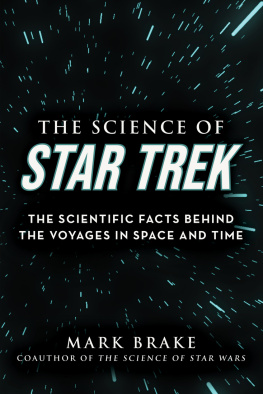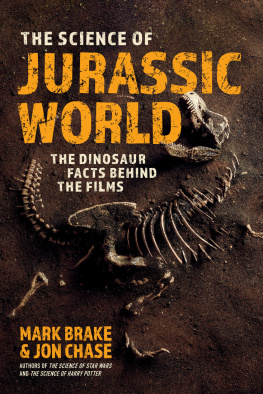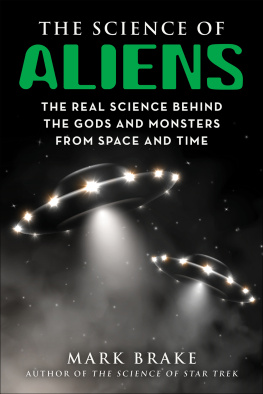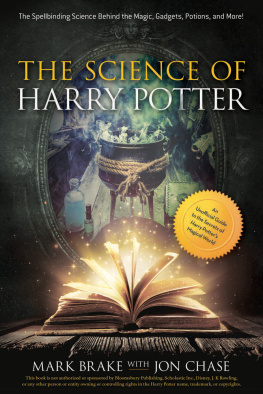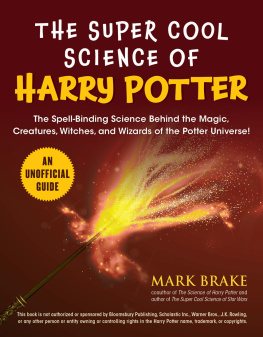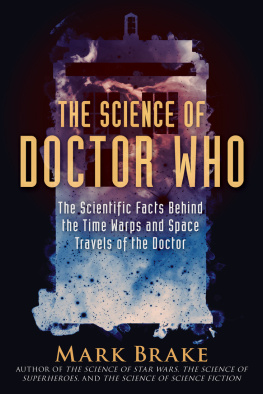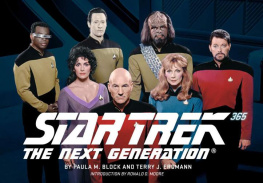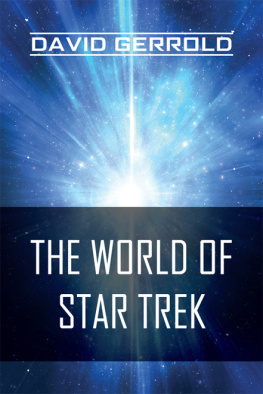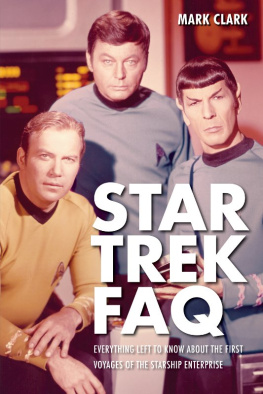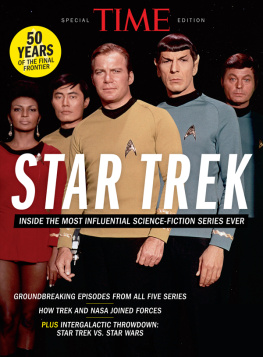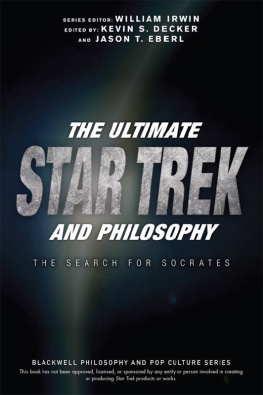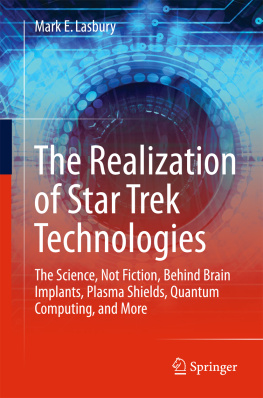


Copyright 2022 by Mark Brake
All rights reserved. No part of this book may be reproduced in any manner without the express written consent of the publisher, except in the case of brief excerpts in critical reviews or articles. All inquiries should be addressed to
Skyhorse Publishing, 307 West 36th Street, 11th Floor, New York, NY 10018. Skyhorse Publishing books may be purchased in bulk at special discounts for sales promotion, corporate gifts, fund-raising, or educational purposes. Special editions can also be created to specifications. For details, contact the Special Sales Department, Skyhorse Publishing, 307 West 36th Street, 11th Floor, New York, NY 10018 or .
Skyhorse and Skyhorse Publishing are registered trademarks of Skyhorse Publishing, Inc., a Delaware corporation.
Visit our website at www.skyhorsepublishing.com.
10 9 8 7 6 5 4 3 2 1
Library of Congress Cataloging-in-Publication Data is available on file.
Cover design by David Ter-Avanesyan
Cover image by Shutterstock
Print ISBN: 978-1-5107-5788-2
Ebook ISBN: 978-1-5107-5789-9
Printed in the United States of America
To my grandson, Nate, who dreamt of starships at just a day old.
CONTENTS

INTRODUCTION
If you want your children to be intelligent, read them fairy tales. If you want them to be very intelligent, read them more fairy tales.
Albert Einstein
I dont think there is any world where Star Trek is anything but a progressive, liberal vision of the future in which big government is a good thing, and we can all get along. Its a utopian ethos that is a result of one world government, and not exceptionalism of any particular country.
Mark A. Altman, The Washington Post (2016)
Star Trek was an attempt to say that humanity will reach maturity and wisdom on the day that it begins not just to tolerate, but take a special delight in differences in ideas and difference in life forms. If we cannot learn to actually enjoy those small differences, to take a positive delight in those small differences between our own kind, here on this planet, then we do not deserve to go out into space and meet the diversity that is almost certainly out there.
Gene Roddenberry, creator of Star Trek: The Original Series
GOSPEL FOR OUTER SPACE
Its an honor to be alive, dont you think? To witness the grace, beauty, and complexity of the cosmos. A countryman of mine, the great but sometimes melodramatic actor Richard Burton, once said he wanted to end it all because of the beauty. Contemplating the sublime was simply too much for him. In contrast, Star Trek rejoices in that beauty. The Kirk-spoken title sequence of each episode in The Original Series suggests as much: Space: the final frontier. These are the voyages of the Starship Enterprise. Its five-year mission: to explore strange new worlds. To seek out new life and new civilizations. To boldly go where no man has gone before! (The introduction was, of course, changed for Star Trek: The Next Generation to the more inclusive where no one has gone before and its continuing mission, to reflect ongoing missions.)
First conceived by Gene Roddenberry as early as 1964, Star Trek has been a cult sensation ever since. Today, the franchise encompasses a broad range of offshoots including novels, comics, figurines, games, and toys. Museum exhibits of the props from the franchise travel the globe. For the decade between 1998 and 2008, an attraction based on Star Trek played in Las Vegas. The constructed language Klingon, spoken by the fictional Klingon race in the Star Trek Universe, was created for the franchise and is actually spoken by some devotees.
The franchise has generated between $10 to $20 billion in revenue, making Star Trek one of the highest-grossing media franchises in history. Not only is Star Trek recognized for its influence on the science and culture beyond science fiction, but its also known for its progressive civil rights stances. The Original Series included one of televisions first multiracial casts. From everyday science and tech to the quest to travel among the stars, Star Trek has impacted the way we think, the way we live, and the way we use tech on a daily basis.
Lawrence Krausss wonderful book The Physics of Star Trek was written way back in 1995. Its reasonably fair to say that Lawrences book kick-started the subgenre of science of books which are now a popular feature of publishers catalogs. And here I am, writing my twenty-third science of book, which is partly about the twenty-third century, among others. Like Lawrence, I am lucky enough to be in the generation that first witnessed the appearance of Star Trek on our television screens in the 1960s. I must admit that Ive never attended a Comic-Con decked out as a member of the Borg, but I have nonetheless had a long and wide experience of the franchise over the last six decades or so.
In that time, Star Trek has not only helped us imagine the science and cultures of future human societies, but it has also helped us imagine what those societies themselves might look like. So, in this book, you will find chapters not only on the related science and tech of St ar Trek , but also the more social science side of the franchise. Star Trek is, of course, science fiction. And all science fiction can be thought of as being about the cultural shock of discovering our marginal position in an alien Universe, as revealed by the advance of science. Star Trek is an attempt to put the stamp of humanity back on to the Universe. To boldly go.
Furthermore, science fiction, like Star Trek , is concerned with the relationship between the human and the nonhuman. On the surface, Star Trek seems to have a bewildering number of themes: aliens and time machines, spaceships and cyborgs, utopias and dystopias, androids and alternate histories. But, on a more thoughtful level, we can identify four main themes: space, time, machine, and monster. Each of these themes is a way of exploring the relationship between the human and the nonhuman. Taking a closer look at these themes will enable a clearer understanding of the ways in which Star Trek works, and what the franchise has to say about science and society.
SPACE
The space theme sees the nonhuman as some aspect of the natural world, such as vast interstellar spaces in which the Federation travels, or the alien, which can be seen as an animated version of nature. Here we look at topics such as space travel, the science of exoplanets, and why we even call them space ships in the first place.
TIME
The time theme portrays a flux in the human condition brought about by processes revealed in time. Tales on time often focus on the dialectic of natural history, so they are of particular relevance to evolution and biology. In this part, we look at the ways Star Trek deals with topics such as alternate histories, how to leave footprints in time, and the history of Star Trek itself.
MACHINE
The machine theme deals with the man versus machine motif, including robots, computers, and artificial intelligences. Dystopian tales are part of the man versus machine theme; it is the social machine in which the human confronts the nonhuman in such cases. This part has entries on Star Trek s machine motif, including machine slavery, the Dyson Sphere, and the replicator.
Next page
